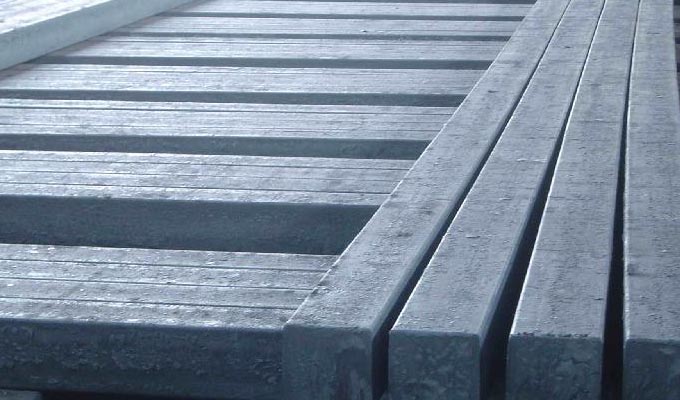Steel billets are the second-stage result of steel production. They are hot-rolled and are taken out specifically amid the casting process of steel. MS billets are highly soft and ductile and created in a square cross-section of an area under 36 sq.inches (230 sq. cm). They fall under the classification of semi-finished casting items. It includes bars, tubes, pipes, wire and wire items. MS billets are widely applicable in forge shops and the machine shops for the production of building products and act as feedstock for seamless tubes. This product is either rolled or continuously cast and is then changed by moving to acquire finished products like wire bar, vendor bars, and different areas.
Properties Of MS Billets
The practical application of billets comes only when they go through the processing and come out with appropriate shapes and sizes. The MS billets are available at hardware shops and find its application in different sectors. Unformed billets are used in striking currency, for example, coins and are likewise used as stores like gold bars. Steel billets are ductile and malleable, particularly when exposed to changing temperatures amid shaping and molding. Steel billets have distinct characteristics when compared with furnished steel bars and products. Billets have an explicit grain structure; thus the handling of metal becomes more unpredictable.
An EndNote
Billets have no practical use until the industrial processes convert them into more practical shapes and sizes. Thus, M.S. billets are generally applicable in development, mechanical, electrical and other designing functions as a solid shaft for supporting different structures. These M.S. billets have a high strength to withstand pressure and abrasion.

